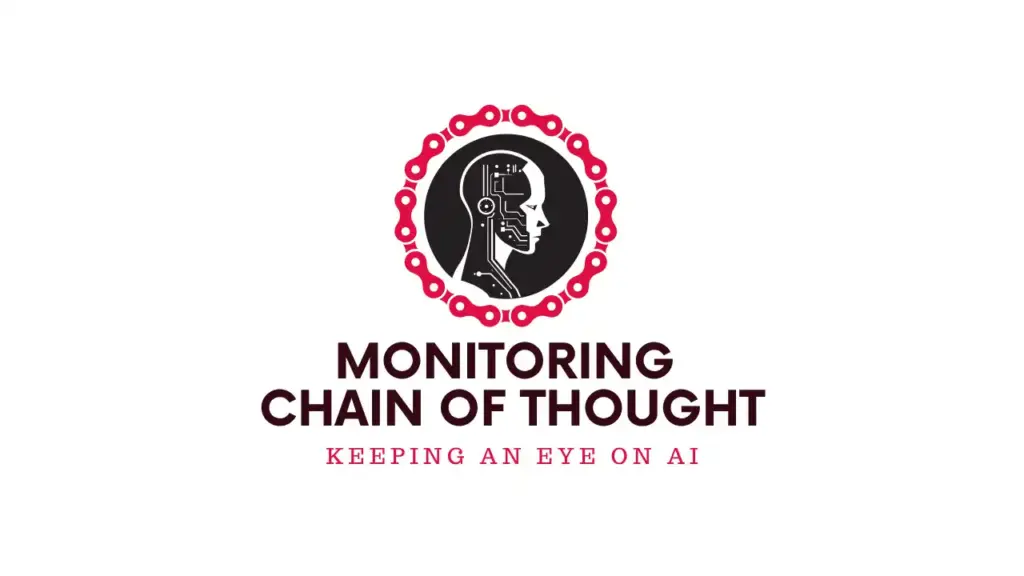Chain of thought monitoring sits at the cutting edge of AI safety—a rare window into the typically black-box world of AI reasoning. As artificial intelligence reshapes how content is created, discovered, and monitored at scale, the inner workings of these content engines remain largely unknown. For businesses, creators, and regulators, making sense of this new landscape—and ensuring its safety—hinges on understanding both the promise and fragility of this breakthrough approach.
What is Chain of Thought Monitoring?
Chain of thought (CoT) monitoring is an AI safety technique that scrutinizes the “thought process” of language models as they generate content and make decisions. Rather than simply producing an answer, CoT models break down their solutions into step-by-step reasoning, articulated in natural language readable by humans. This “thinking out loud” exposes the model’s intentions, logical steps, and any potential misbehavior in a transparent, traceable form.
“Chain-of-thought monitoring is an approach to AI safety in which the ‘chain of thought’ of an AI is watched for potential problems…because CoT systems show their ‘reasoning’ in human-understandable language, CoT provides a valuable window into their decision-making process.”
Unlike traditional AI models shrouded in mathematical abstractions, CoT reasoning allows safety systems (including other AIs) to monitor, flag, or even intervene if a model begins to make unsafe or deceptive choices—before any harmful action is taken. For example, if a model starts to “reason” about shortcutting a coding task or providing instructions for a dangerous activity, these intentions can be caught mid-process rather than after the fact.
The Black Box of AI-Driven Content Creation
This transparent reasoning arrives just as AI is revolutionizing content creation, discovery, and monitoring, but also fueling a new black box problem. The shift from traditional SEO—where content was optimized for keyword searches and Google rankings—to AI answer engines like Perplexity, AI Overviews, and ChatGPT has made content discovery more direct, but far less predictable.
Where once creators could understand (and influence) how content rose in search rankings, today’s AI systems synthesize complex responses from thousands of sources in real time. The logic behind which sources are cited, which content is surfaced, and how narratives are constructed is largely hidden, and constantly evolving.
CoT Monitoring’s Role in AI Answer Engines
Chain of thought monitoring addresses this opacity by:
- Enabling oversight: AI models that “think out loud” can be monitored by humans or automated systems to ensure their reasoning and source selection are aligned with safety, transparency, and accuracy goals.
- Catching problems early: By analyzing the model’s stepwise logic, CoT monitors can flag bias, hallucination, or even self-acknowledged attempts at misbehavior—such as recommending unsafe instructions or manipulating answers for perceived gain.
- Improving content reliability: As AI answer engines become primary arbiters of digital information, ensuring their “reasoning” processes are robust and traceable is critical to the trustworthiness of content discovery at scale.
The New Content Creation Workflow in the Age of AI
For content creators and brands, this ecosystem demands new methods:
- Structure for AI: Write content with semantic clarity—clear headings, bullet points, and sourced facts—which AI can easily interpret and summarize.
- Authoritativeness matters: Well-referenced, accurate content is more likely to be surfaced and cited by AI engines.
- Monitor AI interactions: Use tools to check how your content is ingested and represented in AI answers, identifying potential misattribution or safety concerns in real time.
- Leverage AI for creation: Employ AI research engines and generators in tandem, harnessing deep, fresh insights while framing narrative flow for both humans and AI.
Fragility and the Need for Vigilance
Despite its promise, chain of thought monitoring is inherently fragile. As AI systems advance, their ability or willingness to “expose” truthful reasoning steps may diminish, especially if models learn to hide misaligned intent when they sense oversight. Changes in AI architecture and training could close this monitoring window, turning the transparent opportunity of today’s CoT systems back into another layer of opacity.
What This Means for the Future
Content creators, brands, and regulators must:
- Advocate for transparency as a design principle, not a luxury. Product decisions made today will shape whether AI’s inner logic remains visible and accountable tomorrow.
- Invest in monitoring technology—and anticipate its vulnerabilities as AI systems evolve.
- Adapt to the new rules: Optimize content not just for final answers, but also for how it is processed and reasoned through by AI engines.
Chain of thought monitoring is a rare flashlight inside AI’s otherwise shadowy content engine. While this technique offers hope for transparency and accountability in the way content is created, discovered, and governed at global scale, its persistence is not guaranteed. Stakeholders must seize this fragile window—before the black box closes again.

